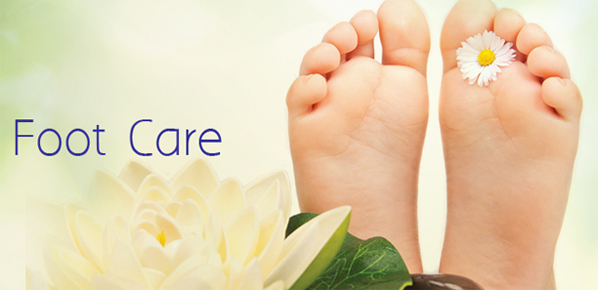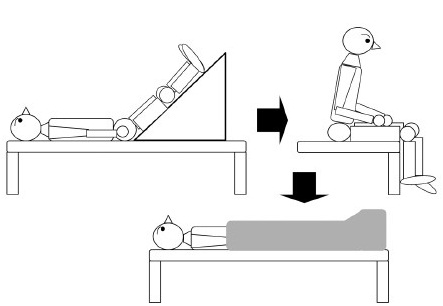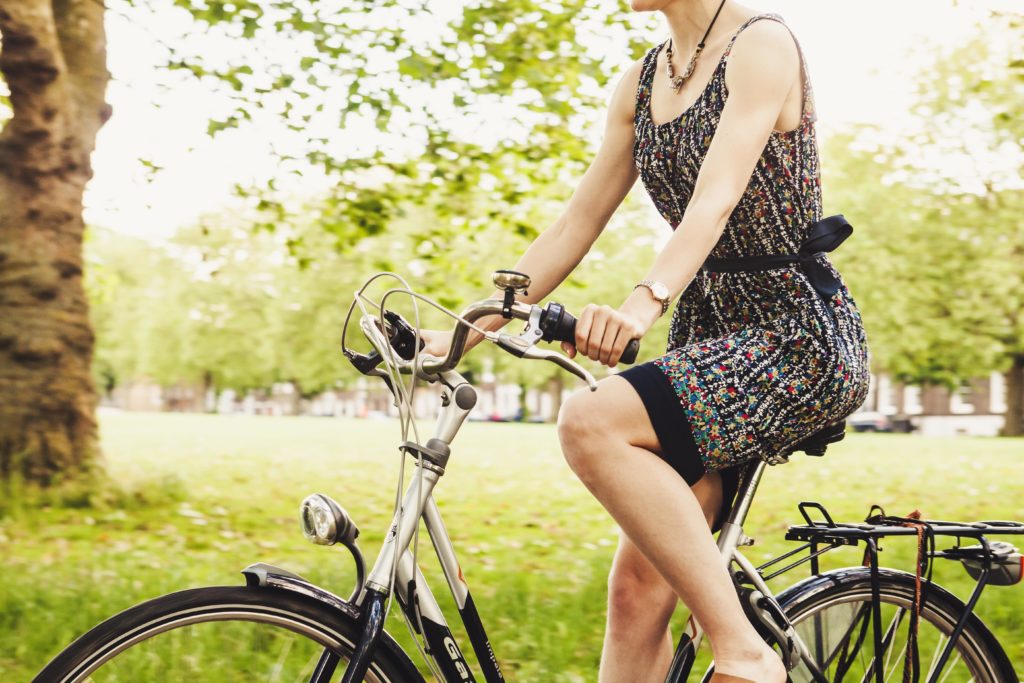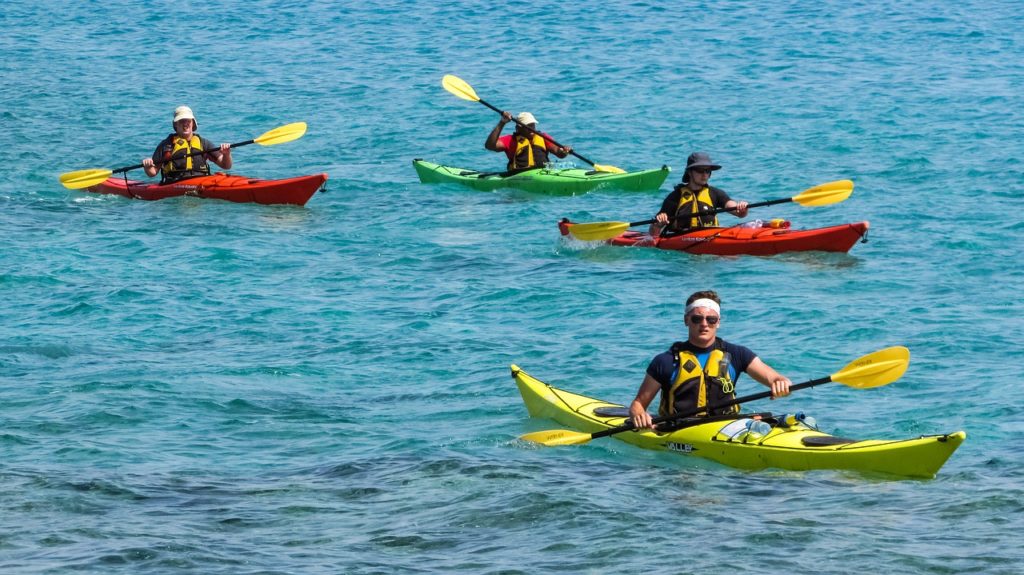I am glad to share one more interesting post here. We all know about diabetes mellitus but to our surprise and shock, around 425 million people are affected by diabetes in India. By the end of 2045, this is expected to rise up to 151 million people (ref 1 below).
Diabetes is a condition where the body is unable to properly utilise the sugars and starch in our diet. Although medical management of the disease is advancing rapidly, there is unfortunately no magical cure for diabetes. Intensive lifestyle modification is the only way to reverse and potentially completely cure diabetes.
Treatment of diabetes aims to minimise complications and help people to manage the disease better. Regular exercise and a balanced healthy diet are the two major components of disease control apart from medication.
According to the National Institute of Diabetes and Digestive and Kidney Diseases, neuropathy or dysfunctional nerve endings occurs in about 70% of people with diabetes, leading to pain, numbness, lack of sensations and also to harmful infections (ref 2 below).
In fact, neuropathy is one of the reasons for silent heart attacks in diabetic individuals. A holistic approach to diabetes is extremely important to prevent end-organ damage shown in the picture above.
Diabetes puts your feet at higher risk for calluses, corns, bunions, blisters, and ulcers which may become gateways to potentially disabling infections. That’s why the diabetic foot is an important complication you should know about. So in this thread, I’ll discuss some key points on how to take care of your feet if you are diabetic.
Foot Care Routine
Inspect your foot – Look at your feet for red spots, cuts, swelling and blisters. If you cannot see the soles of your feet, use a mirror or ask someone for help.
Wash your feet everyday– Wash your feet in lukewarm water (neither too hot nor too cold) and dry your feet with a towel, especially between the toes.
Moisturise – Apply skin lotion over the tops and bottoms of your feet, but not between your toes.
Trim toenails regularly – Trim your toenails straight across and file the edges with an emery board or nail file.
Avoid walking barefoot – As sensations in your feet can be dampened, you may be unable to feel cuts and blisters which can become dangerously infected.
Take care of your diabetes – Work with your healthcare team to keep your blood glucose in your target range.
Wear diabetic friendly footwear – Support your feet with personalised footwear that is well-fitting, well-cushioned and protects your feet.
Quit smoking – As tobacco can also reduce circulation in the small blood vessels of your hands and feet and worsen the ability to feel pain, temperature differences etc, it is best to stay away from active as well as passive smoking.
Examination – Consult a podiatrist or foot specialist on a regular basis.
Burger’s Exercise:
This is an exercise that helps to improve circulation in your legs and prevent foot-related complications.
Position
- Lie down in head-up position and lift your leg up to 45 degrees upward (if necessary keep something to support your legs as in the picture)
- Hold the position for 2-3 min
- Then sit with knees hanging down for 2-3 min
- Then lie down in head-up position for 5 min
- Repeat for 4-5 times /session
- Plan for 3 sessions daily
Benefits
It improves peripheral circulation in your legs (ref 3 & 4 below).
Caution:
Assistance and medical supervision may be required.
The three stages of exercise should be done continuously.
References:
- https://www.idf.org/our-network/regions-members/south-east-asia/members/94-india.html.
- https://www.niddk.nih.gov/health-information/diabetes/overview/preventing-problems/nerve-damage-diabetic-neuropathies.
- https://file.scirp.org/pdf/OJN_2015020916173337.pdf.
- https://www.ncbi.nlm.nih.gov/pmc/articles/PMC5120918/.




